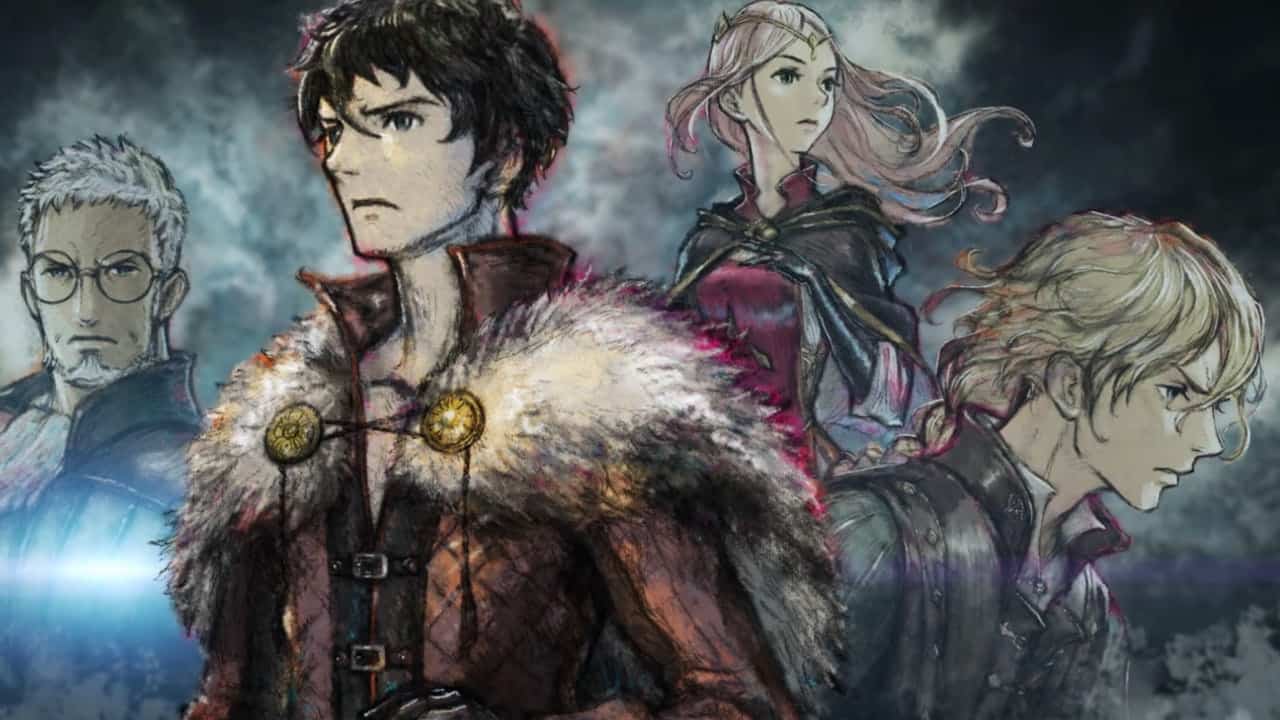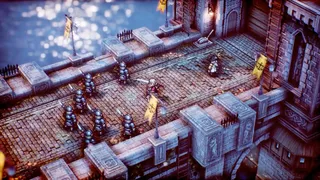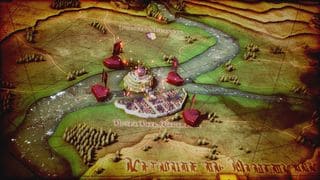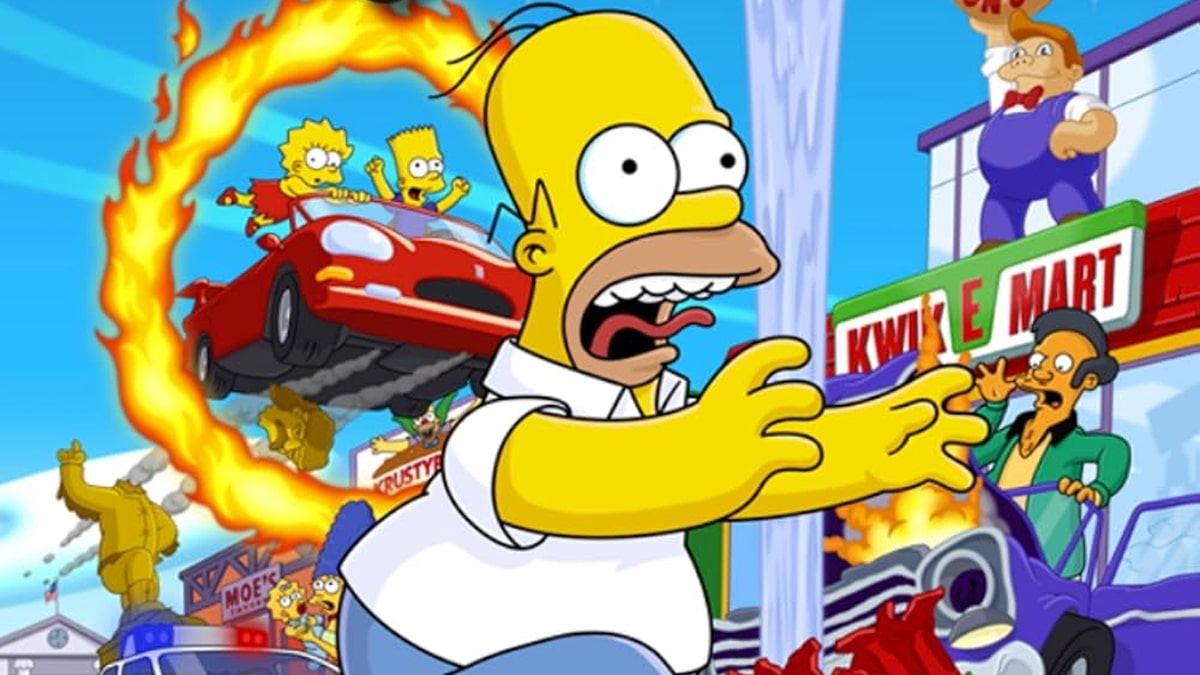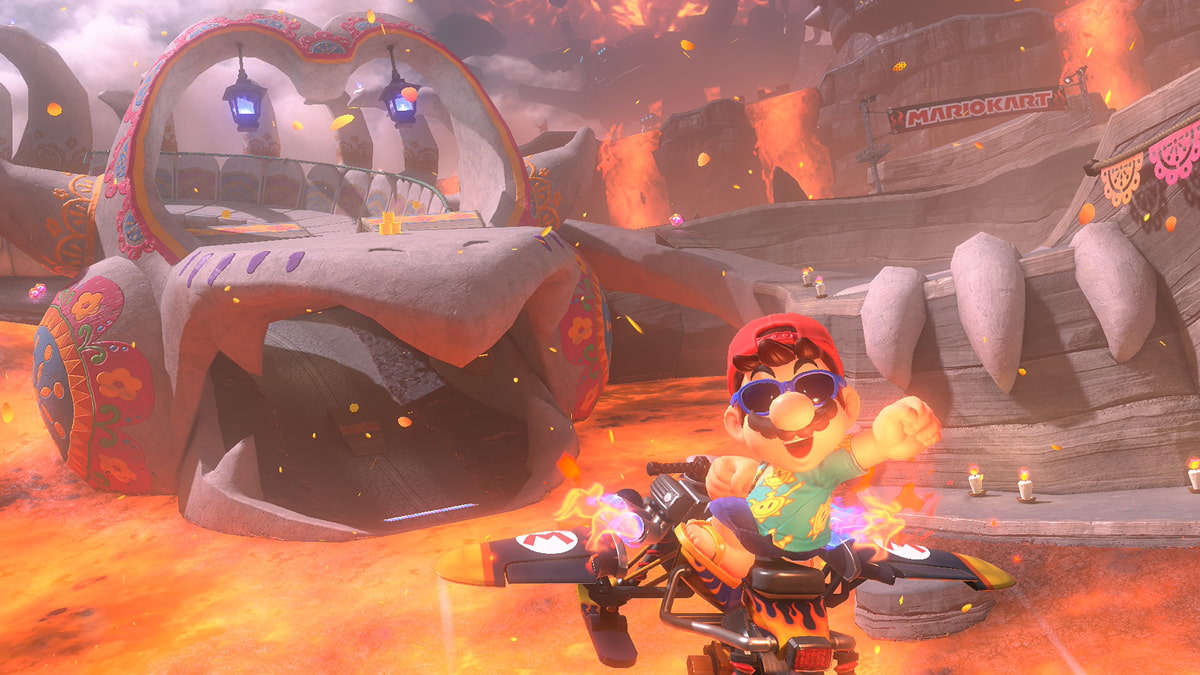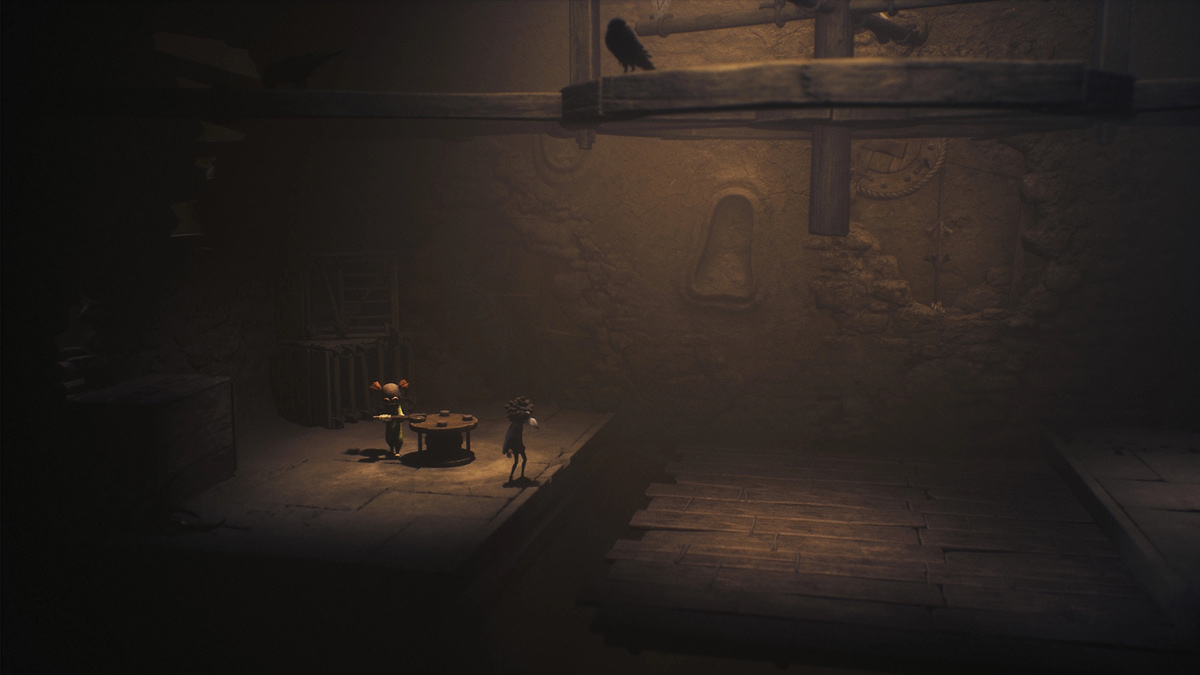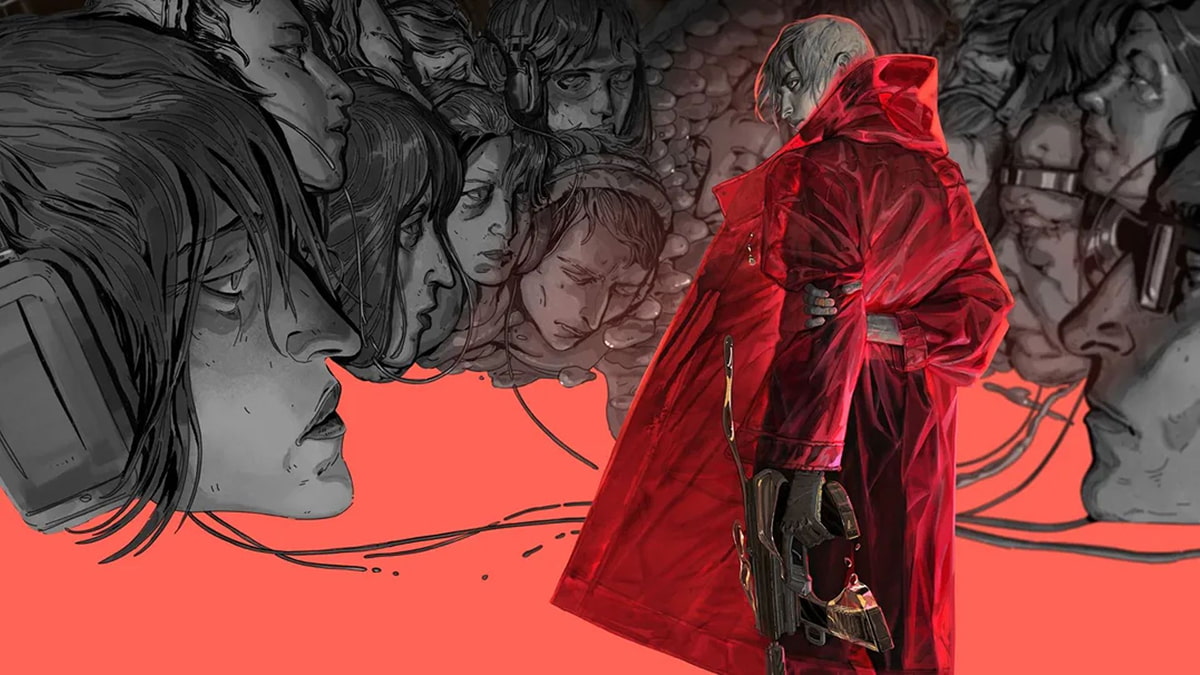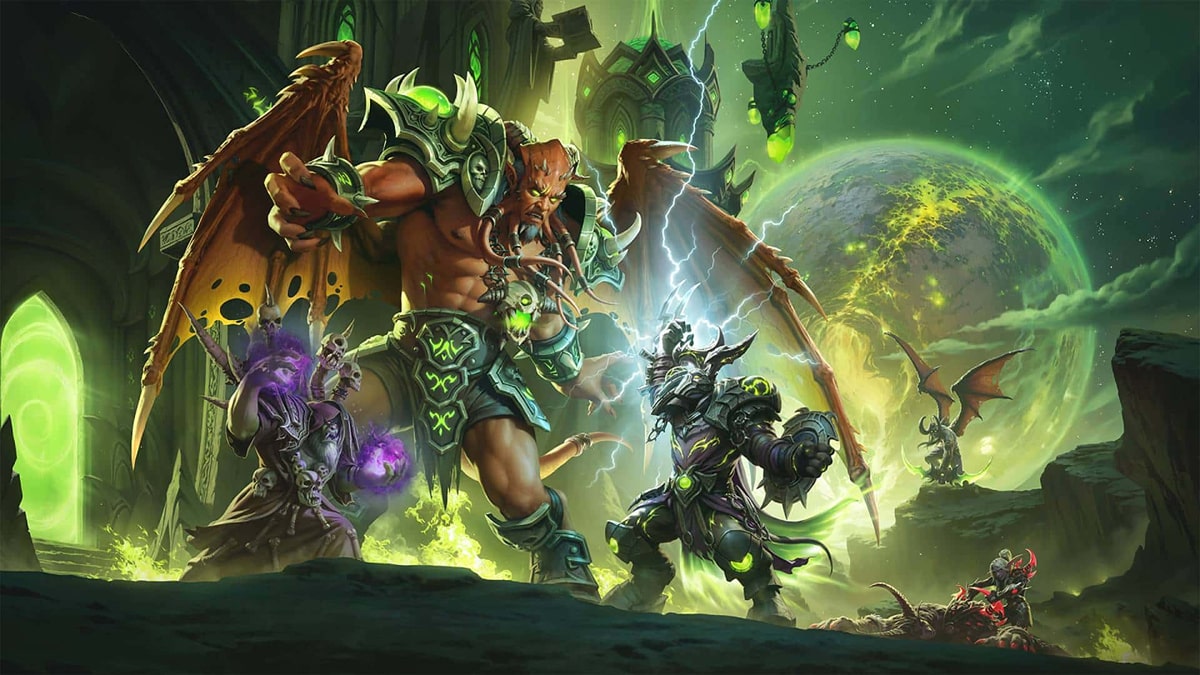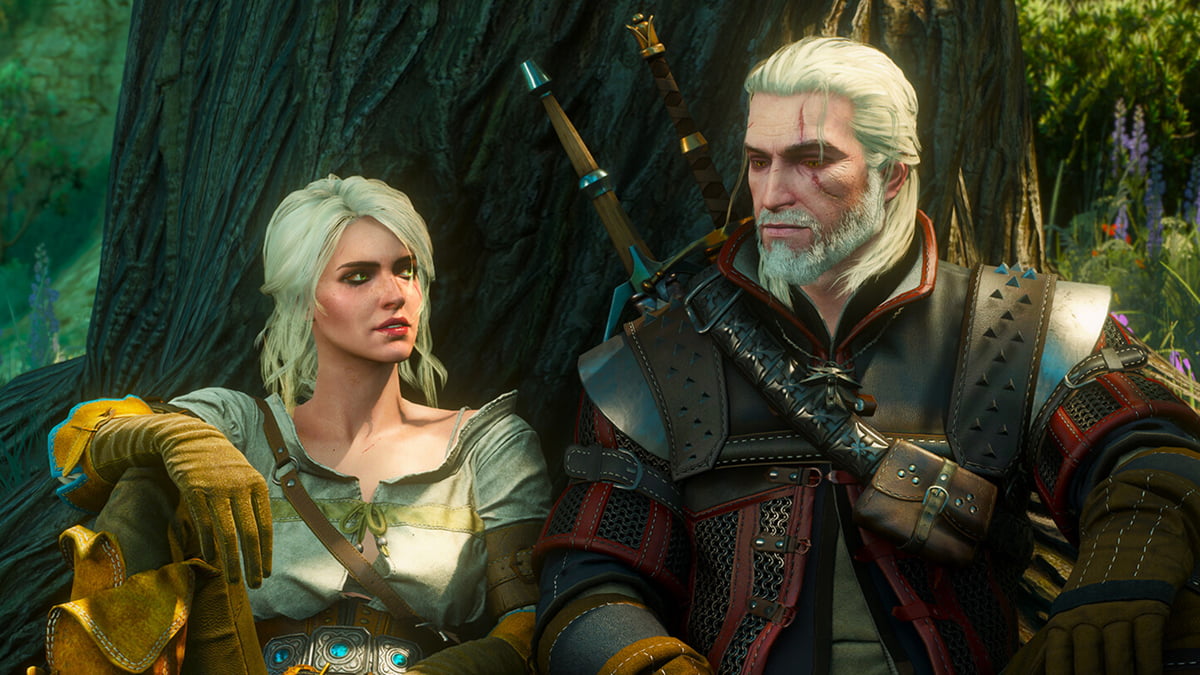You can trust VideoGamer. Our team of gaming experts spend hours testing and reviewing the latest games, to ensure you're reading the most comprehensive guide possible. Rest assured, all imagery and advice is unique and original. Check out how we test and review games here
If you wish to survey a rich panorama of the many problems that await the namers of games, check out the Nintendo eShop listing for Project Triangle Strategy. Or, as it appears there, “Project TRIANGLE STRATEGY™ (working title) Debut Demo.” Worthy of note are: (1) the trademark symbol, suggesting that what is there is worth litigiously protecting, (2) the capital letters, as if greatness had been stumbled upon and needed shouting from the rooftops, (3) undercutting all that, the admission, whispered in brackets and lacking the conviction of a single capital letter, that the title is subject to change—the ink of its potency still wet—and (4) the notion of a “debut demo,” which is either a tautology (given that demos are, traditionally speaking, a debut by definition) or an implication, that there will be more demos to come.
As befits the plot, the title is like a land-grabbing monarch, hogging half my laptop screen, and I wondered, when I first loaded it up, if it wasn’t an attempted coup. Could Nintendo be trying to feather the game with the same quirkiness as that of Untitled Goose Game, whose name alone practically ensured it top billing in 2019? Perhaps Nintendo hopes that the “Project TRIANGLE STRATEGY™” name will angle its way acutely into our hearts, and, by the time release day looms, it will drop the brackets, ditch the trademark sign, and stick an exclamation mark on the end for good measure. Over the weekend, I went into the demo with a noble aim: to bestow the rightful designation on Square Enix’s RPG. Unfortunately, as the first ten minutes make clear, noble aims often go astray—or, worse still, they can stale and curdle into malice.
The demo begins in chapter six, by which time the tale has thoroughly tangled itself around Serenoa, lord and heir of House Wolffort, a stripling with a mop of chestnut hair and a touchingly archaic choice of words. “What mummery is this!?” he asks, breaching a throne room in mid-usurp. The invaders, led by a man called—I kid you not—Gustadolph, are seizing the kingdom in the name of Aesfrost (which sounds like a prestige air conditioning brand). Their saltiness springs, as far as I could tell, from the closure of a mine, and concludes with a pixelated beheading. This was an odd sight: 2-D sprites bobbing on a royal balcony, in front of a baying crowd; a blurry flash of sword; and a screen bathed in red and fading to black. Rarely do acts of savagery border on the cute. “You may find it difficult to fully grasp the events happening around you,” a message at the beginning of the demo warns. “However, we encourage you to enjoy the atmosphere of the game world.”
What is that atmosphere? Like its spiritual predecessor, Octopath Traveler (which, in a similarly slippery lack of commitment, went by “Project Octopath Traveler,” before release), the new game favours isometric 3-D environments. The lighting is crisp, and the edges of the screen are darkened with a smoky brown gloom, like a bonfire on an autumn day. The top-down viewpoint has the pleasing effect of blending background details into the fore; I spent one battle, on a bridge, swinging the camera around to catch the glitter on the water below, as it rose and rang through the air. Against this fine-grained detail, the characters are crude and smudged, as though they were struggling for definition amidst the haze of history.
I was reminded of Game of Thrones, while playing Project Triangle Strategy. Between battles, we’re shown a map of the world, laid out like a board game, with kingdoms clicking into place, like that show’s intricate title sequence. And there is a particular Thronesian thrill in the mechanics. Combat is turn-based, which heightens the general sense of scheming, and, in a sublime touch, you’re guaranteed a critical hit if you strike a foe from behind (with even greater damage if you are on higher ground). What’s more, if you sandwich an enemy between two of your heroes, you will double up your attack. There is an ingenious trace of nastiness here, rewarding us for ganging up and stabbing people in the back—hardly heroic tactics. For those who were glued to the events of Westeros and felt underserved by the offerings of Cyanide and Telltale Games, this may scratch the itch. Here’s an idea: Nintendo and Square Enix could coax over the TV crowd (and dodge the patent lawyers) by calling it Untitled Throne Game.
Whatever it ends up being christened, I was surprised, as the demo drew to a close, at my hunger for more. It isn’t often that I’m drawn into turn-based tactical RPGs, and, despite being dropped deep into chapter six, the narrative confusion didn’t bother me. I relished the long shadows of its world. If this really is a debut demo—as in, the first of many to come—then I’m more excited for those than I am for the full game, which is due for release in 2022. Let us all look forward to the Sophomore Demo, the Wilderness Years Demo, and the Swansong Demo, in which the late twists are laid bare, and the characters have long wearied of each others’ company. After all, if you enjoy the atmosphere of the game world, do you really need to fully grasp the events happening around you?
